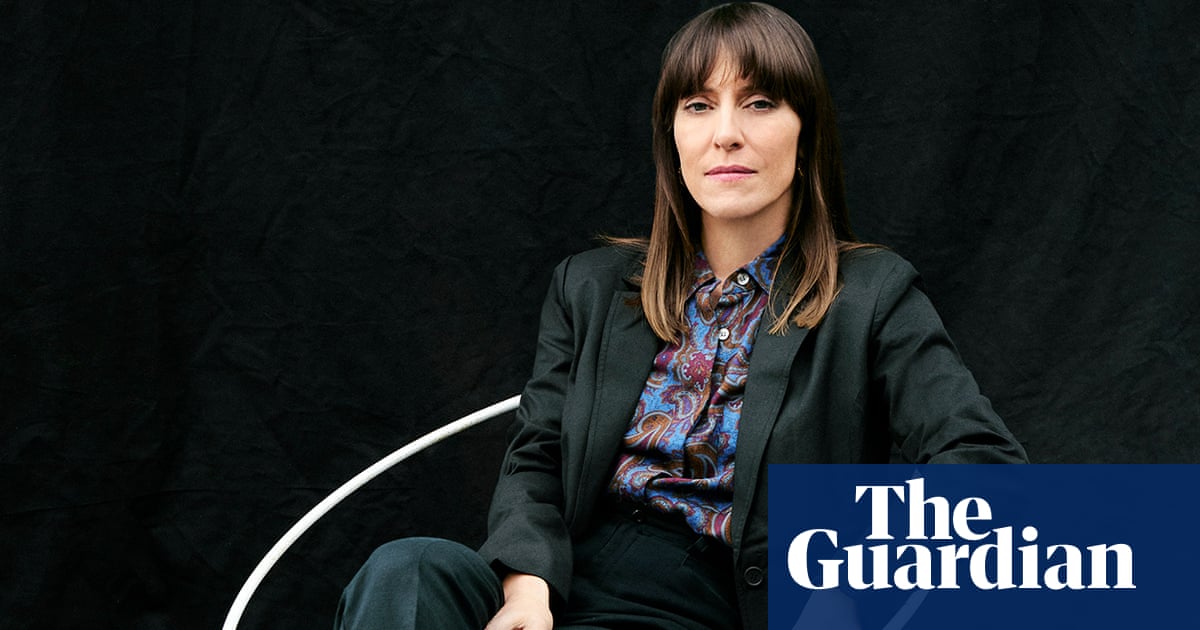
If somebody howls out their pain on social media, do they automatically lose their right to be perceived as a human being?
Model Chrissy Teigen went on Instagram to tell her millions of followers about the loss of her baby, Jack, halfway through pregnancy. Teigen, who’s known as an open social media figure, wrote: “We are shocked and in the kind of deep pain you only hear about, the kind of pain we’ve never felt before.” Later, Teigen tweeted: “Driving home from the hospital with no baby. How can this be real?”
Teigen also posted photographs. One was of herself in a hospital gown, weeping. In another, she was with husband, musician John Legend, and the baby, whose face was obscured. People could be forgiven for finding the images upsetting. What was unforgivable was the criticism and abuse Teigen received for her “inappropriate” posts, for “nothing being private”. Some people even questioned her handling of the pregnancy. (She and Legend have two other children born via IVF.) This was not a valid public response, but the electronic stoning of a woman already in terrible pain.
Come on, people. Whether or not we understand those who choose to “live” on social media, however much we scoff at their over-edited, carefully curated existence, Teigen comes from a generation where constant posting – lucrative, self-promotional or otherwise – equals normality. Maybe this partly explains why she posted at such a time. It wasn’t cynical - it was instinctive, her way of processing: an overwhelming urge to share, reach out, make sense of it all, perhaps even momentarily distance herself from the darkness she was engulfed in.
To me, Teigen crying out for comfort makes far more sense than insinuating that she set up a photo-op for attention, just as, in happier times, she might pose against a sunset by an infinity pool. She could end up regretting these actions taken in the heat of the moment (that terrible moment) or she could be proud that she was honest and raised awareness. She may have both those reactions and more. Whatever feelings Teigen has during this period, I bet they’re all excruciatingly real. Could her detractors claim the same?
Just as Teigen is responsible for her choices so too are we all. Don’t be critical when you see a bereaved mother flailing and struggling in the first stages of grief. Refrain from sniffy comments about posts being “inappropriate” and don’t feign concern about her behaviour. That’s the beauty of it: you only need to do nothing. Anybody with a problem with Teigen or anybody else posting in the aftermath of a personal tragedy need only look away or scroll past. Or could it be that, just as Teigen is accused of unseemly oversharing, some people’s own mob-handed inhumanity is fast becoming out of control?
Eating out on the cheap? Please don’t scoff at me
The “eat out to help out” (EOTHO) scheme helped, but how much? And, even if some suspected that, ultimately, it wouldn’t help the hospitality sector that much, would self-interested, tight-fisted hypocrites like me have participated anyway?
Like many others, I went to EOTHO-participating restaurants. The smaller bills were amazing but also guilt-inducing - I can’t have been the only person to resort to frantic over-tipping. I also couldn’t help wondering how it would play out, notwithstanding the government’s subsidy scheme, at a cost of £522m to the taxpayer.
It appears that, in some ways, the widely applauded initiative did not boost the hospitality and catering sector as much as hoped. The British Chambers of Commerce reports a “fairly marginal” financial impact on the sector, with a decline in revenue far greater than in other sectors. There’s also a school of thought that EOTHO could have contributed to spreading coronavirus, though this is disputed.
It’s important to remember that the hospitality and catering sector desperately needed help and still does. Moreover, had the scheme not been implemented the figures would, presumably, have been far worse. Still, it’s interesting how fast we Brits, myself included, scooted to restaurants to perform our patriotic duty while bagging a cheap meal. Even in a pandemic, we cannot resist a bargain.
That Leonardo cut corners was part of his genius
It appears Leonardo da Vinci may have cheated a little when he painted Mona Lisa. French researchers, using a high-resolution camera, revealed Leonardo may have used a spolvero or “pouncing” art technique, whereby tiny dots outline an image, so that, with the application of charcoal, it can be transferred on to another surface, in a process similar to using tracing paper. As parts of Mona Lisa’s forehead and hand are in slightly different positions, it is thought Leonardo produced several versions of the sketch, before embarking on the final painting. The high-resolution cameras also reveal a hairpin floating in the background, suggesting it was left over from another abandoned artwork and, like many artists, Leonardo reused canvases, which were prohibitively expensive at the time.
Fascinating. Or is it? Some of us have genuinely never understood the enduring allure of Mona Lisa’s enigmatic smile. Even after I’d seen the acclaimed (and, frankly, rather titchy) painting hanging in the Louvre, my sense of fascination refused to kick in. Am I a philistine? We must never rule that possibility out, but it has always seemed odd that, of all of Leonardo’s myriad accomplishments, Mona Lisa is considered to be his most compelling masterpiece.
Similarly, who cares, bar invested art historians or museum officials, if Leonardo got a bit cheeky with the tracing paper? Surely this proves what everybody knows about him: he was a genius and a polymath. In fact, he was such a genius and a polymath he would have had no problem sparing himself time and effort when and where he could. Perhaps that’s the main story here. On top of all his other stellar achievements, Leonardo was anearly adopter of the maxim: “Don’t work hard, work smart.”












